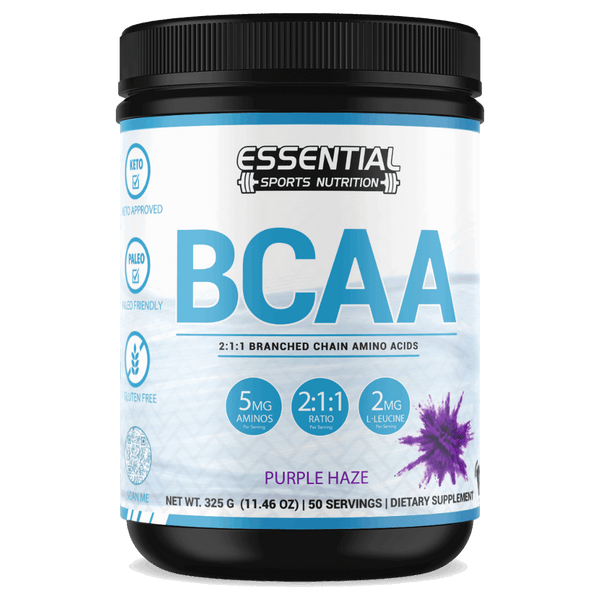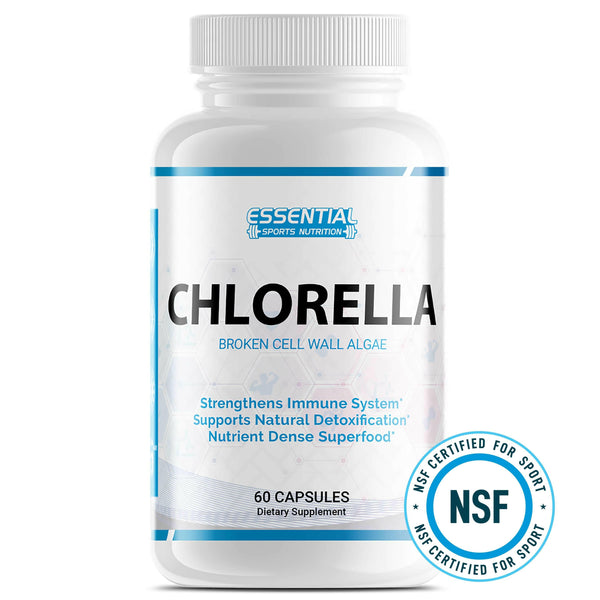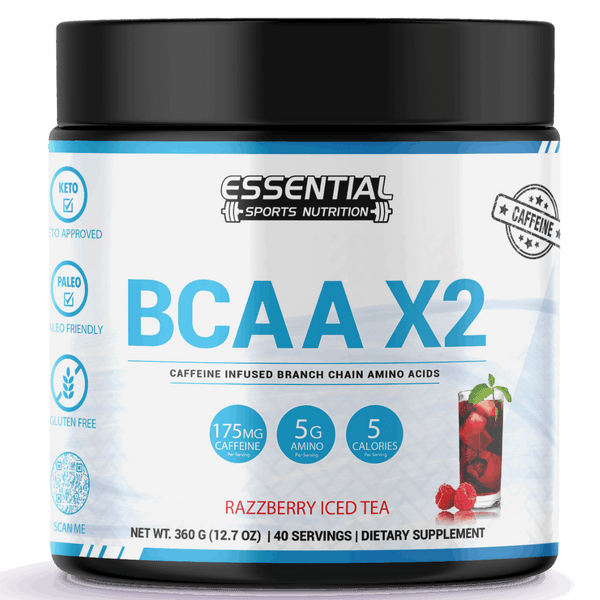Hammer Curls: Proper Form, Benefits, and Variations to Tone Arms
Hammer curls are a special type of biceps curl. They work muscles in the upper and lower arm. Usually, people do them with dumbbells. But you can use cables or bands too. Hammer curls are great for making your upper body stronger. They make your muscles work more and help you hold things better. Let's talk about how to do hammer curls right, why they're good, and different ways to do them.

Key Takeaways:
-
Hammer curls target the muscles in the upper and lower arm
-
They can be performed with dumbbells, cables, or bands
-
Benefits include increased muscle engagement and improved grip strength
-
Proper form includes keeping the upper arms stationary and maintaining wrist alignment with the forearms
-
Variations of hammer curls can add variety to your workout and target different muscle groups
Proper Form for Hammer Curls
To get the most from hammer curls and stay safe, good form is a must. Here's how to do hammer curls the right way:
-
Starting position: Stand with straight legs and knees under your hips. Hold a dumbbell in each hand. Your arms should be down at your sides, palms facing your thighs, and thumbs forward.
-
Movement: Lift the lower arms by bending at the elbow to bring the weights to your shoulders. Avoid moving your upper arms. Your wrists should align with your forearms.
-
Top position: Pause for a second at the top, thumbs near shoulders and palms facing in.
-
Lowering the weights: Lower the weights back to start smoothly and in control.
-
Engage your core: Keep your abs tight throughout to support your lower back.
Following these steps helps you do hammer curls correctly. You'll work the right muscles and get the best out of the exercise.
Benefits of Proper Form for Hammer Curls
Good form in hammer curls is key to their benefits. Doing them right helps:
-
Work and build the biceps brachii, the main muscle in this exercise.
-
Boost wrist stability and make your grip stronger.
-
Add muscle size and shape to both the upper and lower arms.
"Keeping good form in hammer curls improves muscle work, leading to growth and stronger muscles." - Fitness expert
Quality over quantity matters in hammer curls. Focus on doing them well, not on the weight you lift. Start with mastering the technique. Then, up the weight as you get better and more sure of your form.
Benefits of Hammer Curls

Hammer curls are a powerful addition to your upper-body workout. They focus on the biceps brachii and help with elbow flexion. They also improve forearm twisting movements.
These curls can make your biceps stronger. They work the brachialis muscle, which is under your biceps. This gives your arms more thickness and shape.
Hammer curls also make your wrists more stable. They use a neutral grip, which is easier on your wrists. This can lower the chance of getting hurt during workouts.
Besides, hammer curls boost your grip strength. The way you hold the weight works out your forearm muscles. This means you can get better at exercises that need a strong grip.
Furthermore, hammer curls help in bulking up your arms. They work on several arm muscles for a more toned look. Hammer curls are great whether you want to grow muscle or just look better.
Adding hammer curls to your routine has many benefits. You'll see better muscle work, stronger wrists, and a firmer grip. This leads to a more defined and capable upper body, helpful in both the gym and daily life.
Comparison of Hammer Curls and Traditional Biceps Curls
| Benefits | Hammer Curls | Traditional Biceps Curls |
|---|---|---|
| Muscles Targeted | Biceps brachii, brachialis, brachioradialis | Biceps brachii |
| Wrist Stability | Improved | No significant impact |
| Grip Strength | Enhanced | No significant impact |
| Muscle Size and Definition | Increased | Increased |
Hammer curls work more muscles than traditional biceps curls do. This results in better wrist support, stronger grip, and more arm muscle. This makes your arms look and perform better.
Variations of Hammer Curls
The standard hammer curl uses dumbbells. But many variations make your workouts more exciting and effective. These different methods target various muscles for a better workout.
1. Alternating Hammer Curl
Do this by lifting one arm at a time. Alternate between your right and left. This method boosts muscle activity and helps balance your arm strength. You also focus better, improving the mind-muscle link.
2. Seated Incline Hammer Curl
You'll need an incline bench for this. Your back is supported at an angle. It focuses more on your biceps by reducing shoulder use. Changing the movement angle deepens muscle work for better growth.
3. Preacher Hammer Curl
A preacher bench is perfect for this curl. Your arms rest on its pad, focusing the effort on your biceps. It makes the biceps' peak contraction strong, shaping and defining your arms well.
4. Squat Hammer Curl
Combine a squat with your curls for a challenge. Stand with feet apart and squat while lifting. This works your legs, core, and upper body together for a full-body exercise.
You have many hammer curl variations to try. Choose what fits your aims to keep your workouts interesting and effective.
| Variation | Targeted Muscles |
|---|---|
| Standard Hammer Curl | Biceps brachii, brachialis, brachioradialis |
| Alternating Hammer Curl | Biceps brachii, brachialis, brachioradialis |
| Seated Incline Hammer Curl | Biceps brachii, brachialis, brachioradialis |
| Preacher Hammer Curl | Biceps brachii, brachialis, brachioradialis |
| Squat Hammer Curl | Biceps brachii, brachialis, brachioradialis, quadriceps, glutes, core |
Muscles Worked in Hammer Curls
Hammer curls focus mostly on the biceps brachii. This is a big muscle in the front upper part of your arm. They also work the brachioradialis and brachialis in your forearm.
The biceps brachii helps bend the elbow, turn the forearm, and lift the shoulder. The brachioradialis helps with bending the forearm and turning it too. The brachialis is deep and helps bend the elbow, making your arms stable and strong during the exercise.
Common Mistakes in Hammer Curls
Doing hammer curls the right way is key to making them work best and avoiding harm. By knowing common errors, you can improve your hammer curl routine. Here are mistakes to look out for:
Using Momentum Instead of Controlled Movements
A big mistake in hammer curls is using momentum, not careful actions. This cuts down muscle work and ups injury risk. Focus on slow, steady moves, feeling the muscle work.
Curling Too Fast
Curling the weights too fast is also wrong. Speeding makes you lose control, reducing muscle strain time. Aim for a slow pace, lift in two seconds, hold for one, lower in four.
Allowing Elbows to Float Away
Keep your elbows near your body during hammer curls. If your elbows drift, you're not focusing on your biceps. Keep elbows still and by your side for the best bicep workout.
Avoid these mistakes to make your hammer curls more effective and safe. Aim for controlled moves, a slow pace, and stable elbows. These steps will boost your hammer curl routine and help reach your fitness aims.
Image Caption: Common mistakes to avoid during hammer curls for optimal form and effectiveness.
Tips for Hammer Curl Success

To make the most of your hammer curls, you should pay attention to your form. Here are some tips to help you improve your hammer curl workout:
-
Start with a light weight: When you start, pick a weight that lets you keep good form. Doing the exercise right is more important than how much you lift.
-
Keep your back neutral: Make sure to keep your spine straight. This prevents hurting your back and makes sure the right muscles work.
-
Avoid swinging the weights: Keep control and don't swing the weights. Doing this can make the exercise less effective.
-
Slow down the tempo: Move slowly through the exercise. Lift for two seconds, pause, then lower slowly over four seconds. This method is great for muscle growth.
-
Concentrate on the lower arm: Only move your lower arm. Keep your elbows still. This targets your biceps and forearms and avoids hurting other muscles.
-
Lower the weight if needed: If it hurts, drop the weight or get medical advice. This helps avoid injury and keeps your workout safe.
These tips can really improve your hammer curl technique. You'll lower the risk of injury and get better results. Remember, doing it right and sticking with it is how you succeed with hammer curls.
Testimonials
"I've been following these hammer curl tips in my workouts. My arms are stronger and look better. Slowing down and focusing on form has really helped!" - Jane, Fitness Enthusiast
"Swinging the weights was a problem for me. But with these tips, I can control it better and really work the muscles. Big thanks for the advice!" - Mike, Weightlifter
Recommended Hammer Curl Routine
| Goal | Weight | Sets | Reps | Rest Periods |
|---|---|---|---|---|
| Strength Training | Heavier | 4-6 | 5-8 | Longer rest periods (2-3 minutes) |
| Muscle Building | Moderate | 3-5 | 8-12 | 1-2 minutes |
| Endurance | Lighter | 3-5 | 12-20 | Shorter rest periods (30-60 seconds) |
Change the weight, sets, reps, and rest based on your goals. Focus on doing it right, and raise the challenge as you get better.
Hammer Curls and Training Goals
Hammer curls are great for hitting your training targets. You can tweak your workouts to meet your goals. Change the weight, sets, reps, and breaks to get the results you want.
Strength Training
For more strength, hammer curls are key. Do four to six sets with five to eight reps using heavy weights. Take longer breaks between sets for recovery. This approach helps you lift more and get stronger.
Muscle Building
Want bigger muscles? Try hammer curls. Do three to five sets of eight to 12 reps with moderate weight. Keep your form tight and move intentionally. This way, you'll grow your muscles effectively.
Endurance Improvement
Hammer curls boost endurance too. Use lighter weights and go for three to five sets of 12 to 20 reps. Keep the pace steady and don’t rest too long between sets. This will make your muscles last longer.
It's crucial to listen to your body and tweak your hammer curl routine as needed. Always focus on form to avoid injuries and get the most from your workout.
| Training Goal | Weight | Sets | Reps | Rest Periods |
|---|---|---|---|---|
| Strength Training | Heavier | 4-6 | 5-8 | Longer |
| Muscle Building | Moderate | 3-5 | 8-12 | Optimal |
| Endurance Improvement | Lighter | 3-5 | 12-20 | Shorter |
By tailoring your workouts, you can hit your fitness goals. Hammer curls are flexible and effective for strength, muscle, or endurance. Pick your target and adjust your routine for the best results.
Conclusion

Hammer curls are great for building stronger arms. They increase muscle definition and make your grip stronger too. When you do hammer curls the right way, you'll see many benefits. Your biceps will work harder, your wrists will become more stable, and your muscles will grow bigger.
Different ways of doing hammer curls can make your workouts fit your needs. Whether you aim to boost your strength, do better in sports, or look better, hammer curls help. They are a key exercise for anyone's routine.
So, why wait? Add hammer curls to your exercise plan and see the gains in arm strength and grip. Keep at it, use the right form, and you'll hit your fitness targets for sure.
Hammer Curls With Proper Form FAQs
Q: What is the proper form for hammer curls?
A: To perform hammer curls with proper form, stand with your feet shoulder-width apart, hold a dumbbell in each hand with your palms facing your body, keep your elbows close to your sides, and curl the weights up towards your shoulders in a controlled manner.
Q: What are the benefits of hammer curls?
A: Hammer curls work not only the bicep muscles but also target the brachialis and brachioradialis muscles, resulting in overall arm strength and muscle development. They also help improve grip strength and forearm stability.
Q: How do hammer curls differ from standard bicep curls?
A: Hammer curls involve holding the dumbbells with a neutral grip (palms facing each other) throughout the movement, while standard bicep curls are done with a supinated grip (palms facing up).
Q: What are some variations of hammer curls?
A: Some variations of hammer curls include preacher hammer curls, seated hammer curls, incline hammer curls, cable hammer curls, and cross-body hammer curls, each targeting the bicep and forearm muscles in different ways.
Q: What muscles are worked when performing hammer curls?
A: Hammer curls target the bicep muscles, particularly the brachialis and brachioradialis, as well as other elbow flexor muscles. The exercise also engages multiple muscles in the arms and forearms.
Q: What are some benefits of incorporating hammer curls into your workout routine?
A: Benefits of hammer curls include improved arm strength, muscle definition, and grip strength. They can also help prevent muscle imbalances and enhance overall arm aesthetics.
Q: Are there any alternatives to hammer curls?
A: Yes, alternatives to hammer curls include traditional bicep curls, alternating hammer curls, preacher bench curls, and other variations of bicep exercises that target similar muscle groups.




























